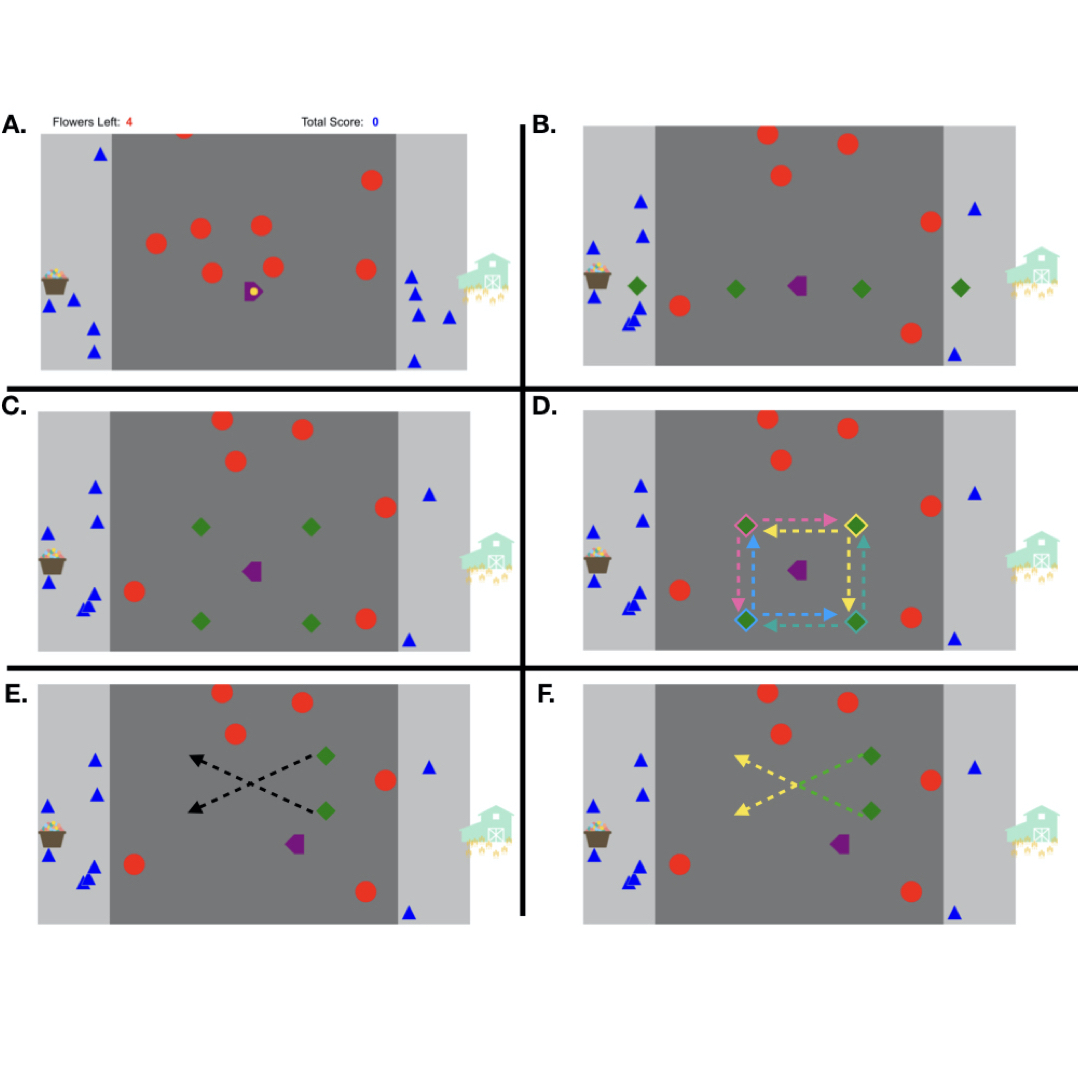The spatial allocation of attention in an interactive environment

Abstract
Inattentional blindness methods allow for an unobtrusive measure of the spatial distribution of attention; because subjects do not expect the critical object, they have no reason to devote attention to task-irrelevant regions in anticipation of it. We used inattentional blindness to examine the spatial allocation of attention in an interactive game in which subjects navigated through a dynamic environment and avoided hazards. Subjects were most likely to notice unexpected objects in the areas with the greatest risk of contact with a hazard, and less likely to notice equally proximal objects in inaccessible areas of the display or areas in which hazards no longer posed a threat. These results suggest that both the content of the environment and how a subject can interact with it influence the spatial allocation of attention.
